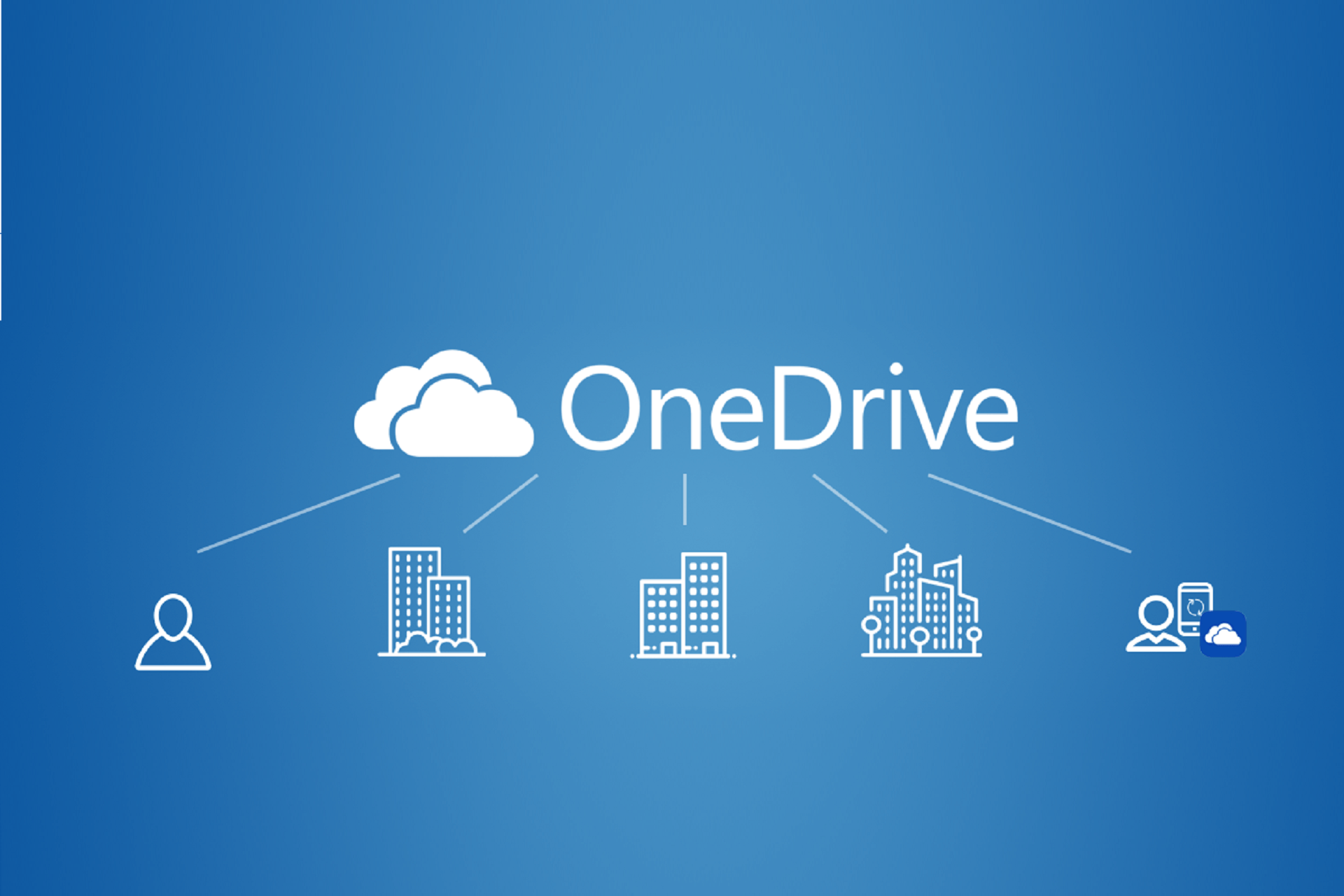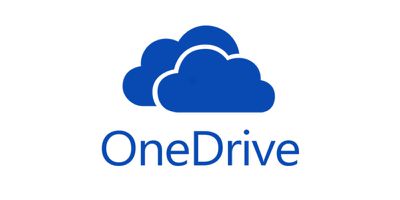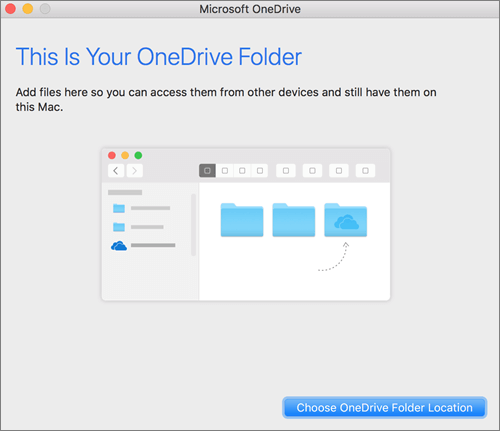
- #MICROSOFT ONEDRIVE MAC WONT SYNC INSTALL#
- #MICROSOFT ONEDRIVE MAC WONT SYNC UPDATE#
- #MICROSOFT ONEDRIVE MAC WONT SYNC UPGRADE#
With the new Files On-Demand experience, the sync root is always located within users’ home directory, in a path such as:Īs part of the upgrade, the sync root will be moved to this location. Historically, we’ve allowed users to choose any location on any fixed volume mounted on their Mac. When users set up OneDrive, they must choose a location where files will sync.
#MICROSOFT ONEDRIVE MAC WONT SYNC UPGRADE#
You can use Disk Utility (built in to macOS) to determine which volumes are running APFS, and upgrade any HFS+ volumes to APFS. Once the new Files On-Demand experience is fully rolled out, OneDrive will not launch until the volume is upgraded to APFS. As we roll out the new Files On-Demand, these users will first experience a warning in the OneDrive activity center telling them to upgrade to APFS. A very small minority of customers are syncing OneDrive on HFS+ volumes today. We are ending support for HFS+ after macOS 12.3 or later.

The new Files On-Demand experience requires a volume that is formatted with APFS. Depending on the results of that test, you may want to delay updating your Macs.
#MICROSOFT ONEDRIVE MAC WONT SYNC INSTALL#
If you are concerned about application compatibility with this change, we strongly suggest that you install macOS 12.3 or later and test your workload. Users running a developer or beta version of macOS will have the same experience as a release version of macOS.Both our Standalone and App Store versions of OneDrive will have the same behavior.
#MICROSOFT ONEDRIVE MAC WONT SYNC UPDATE#
You cannot delay this update without also delaying an update to macOS.

Moving to the new platform enables us to support this feature for years to come. The first version of Files On-Demand is built on several pieces of technology that are now deprecated. This technology stack also enables us to offer new features that we couldn’t offer before, like Known Folder Move, along with lots of other little improvements that you probably won’t notice right away!īecause the new experience is more integrated with macOS, it will have long-term support from Apple. This means a better user experience, better application compatibility, and better reliability. One of the most important is that the new technology stack (based on Apple’s File Provider platform) is much better integrated with the operating system compared to the first version. We are building a new experience for several reasons.

Since then, we’ve rolled it out for everyone using macOS 10.14 (Mojave) or later. In 2018, we shipped the first version of Files On-Demand for macOS.

We know that many of you are supporting organizations with lots of Macs that run OneDrive, and the more information we can provide you, the better you can serve your users. We also want to share some additional details about how the new Files On-Demand experience works, what changes you can expect, and when you can expect them. Today, we are excited to share that we have begun rolling out the new Files On-Demand experience to all our customers using macOS 12.1 or later. This new experience is better integrated with macOS and will also help enable new features like Known Folder Move for macOS. In June 2021, we announced several important updates for OneDrive on macOS, including an update to our Files On-Demand experience. We will share an update soon.Īdditional information can be found in the FAQ updated on 2.1.22. We working as quickly as possible to resolve these issues. Please read the latest blog post for more details.Ģ.15.22 UPDATE: We're actively reviewing feedback and are aware of the difficulties some users are experiencing with the recent update. We're releasing a new version that addresses the most common themes and makes it easier to achieve the previous experience. 2.24.22 UPDATE: We've been listening to your feedback, and we've made some design changes.


 0 kommentar(er)
0 kommentar(er)
